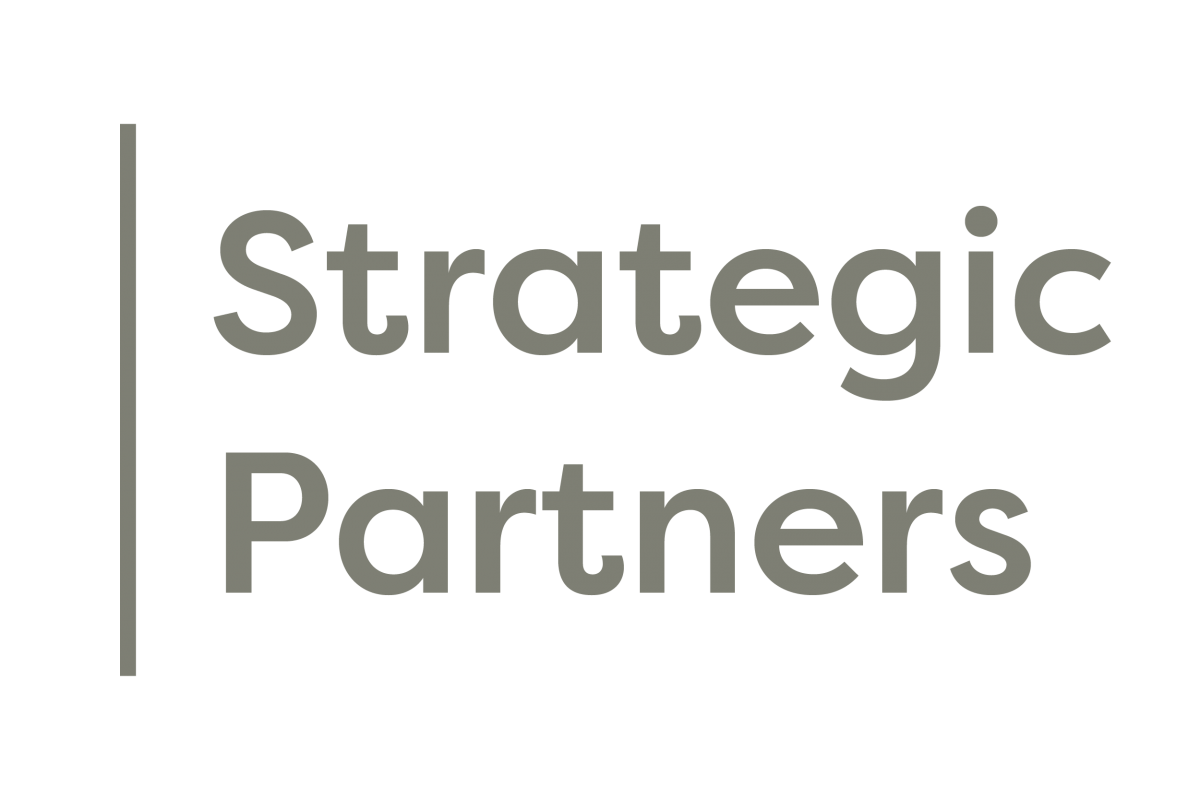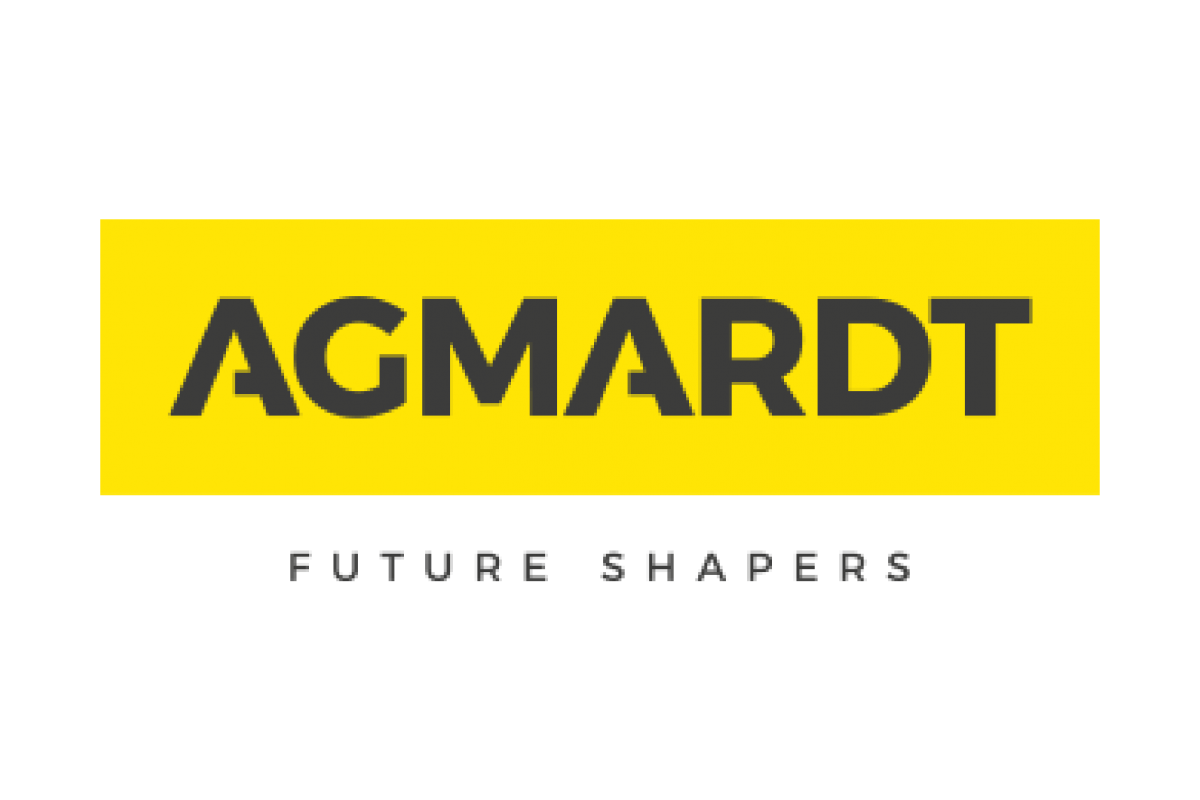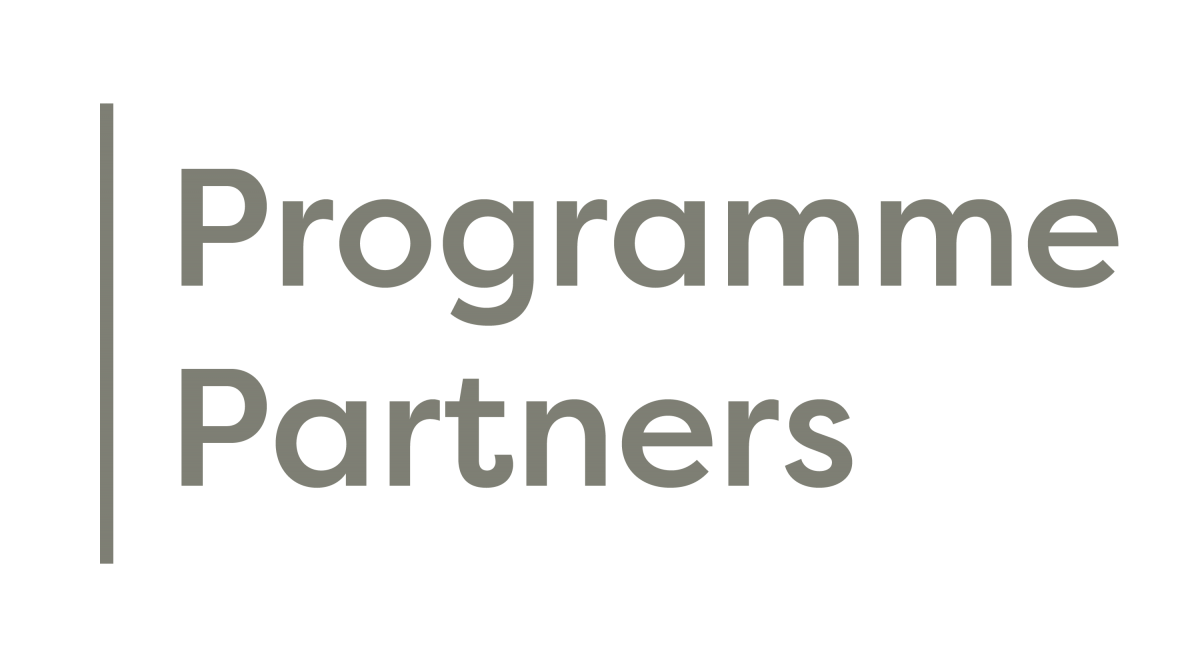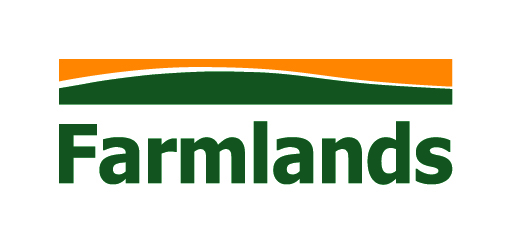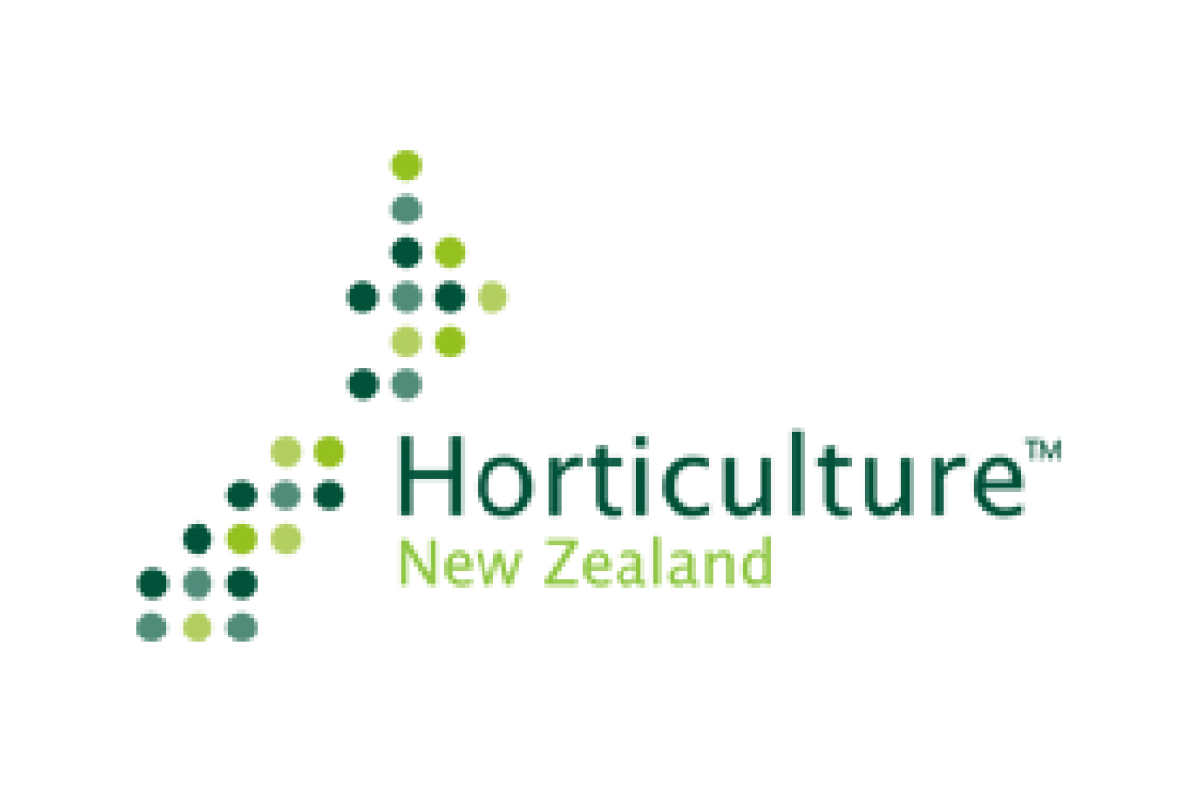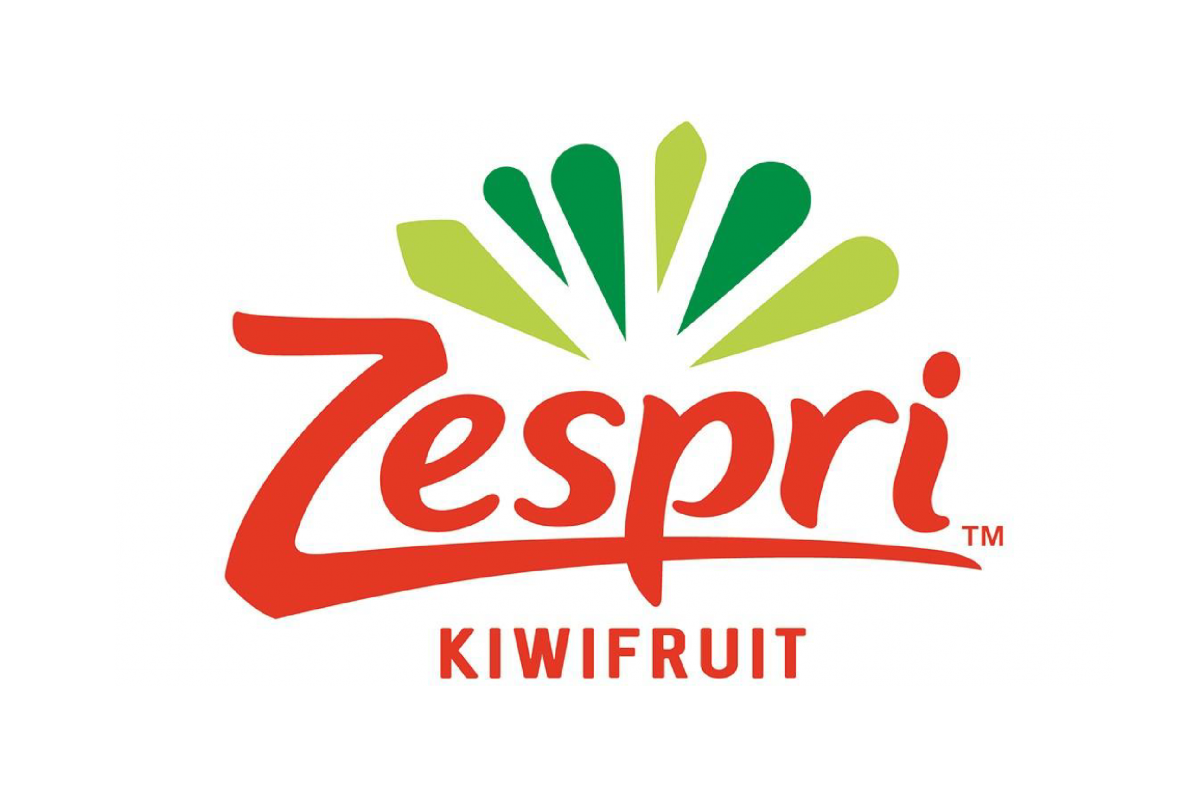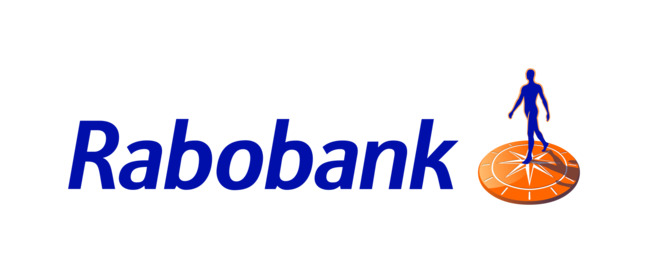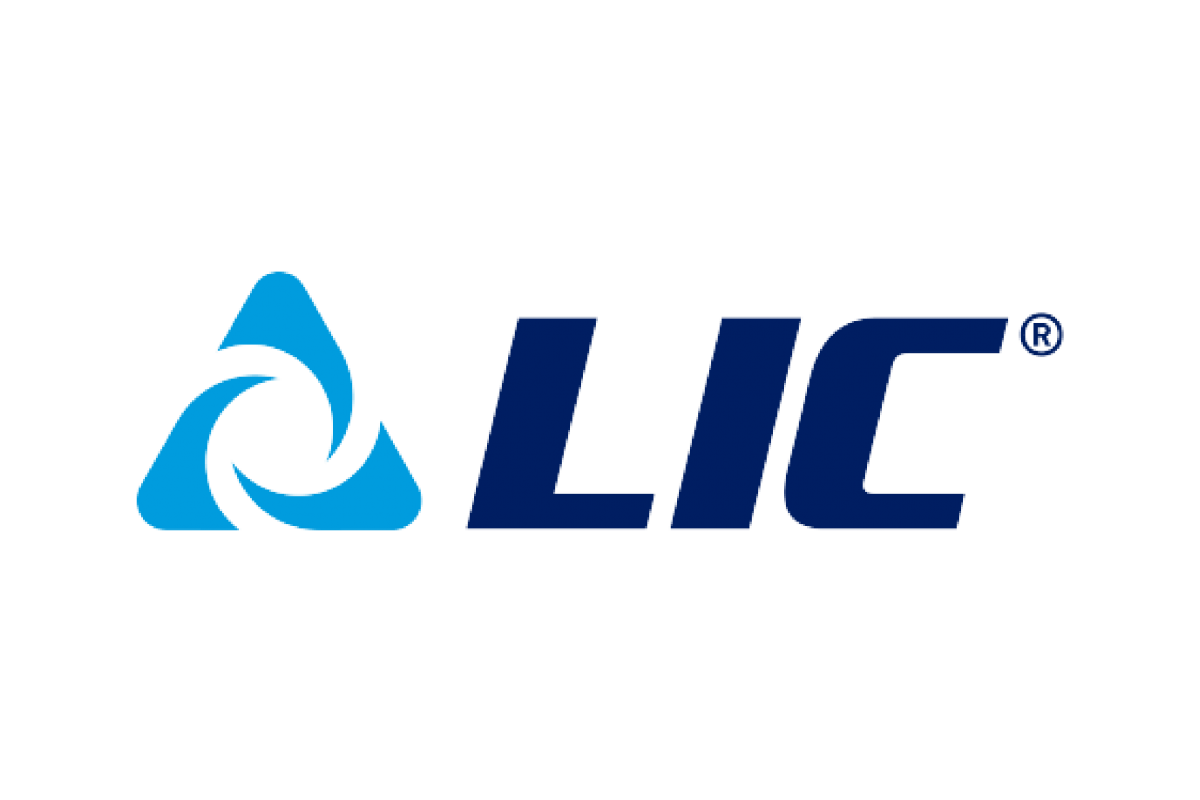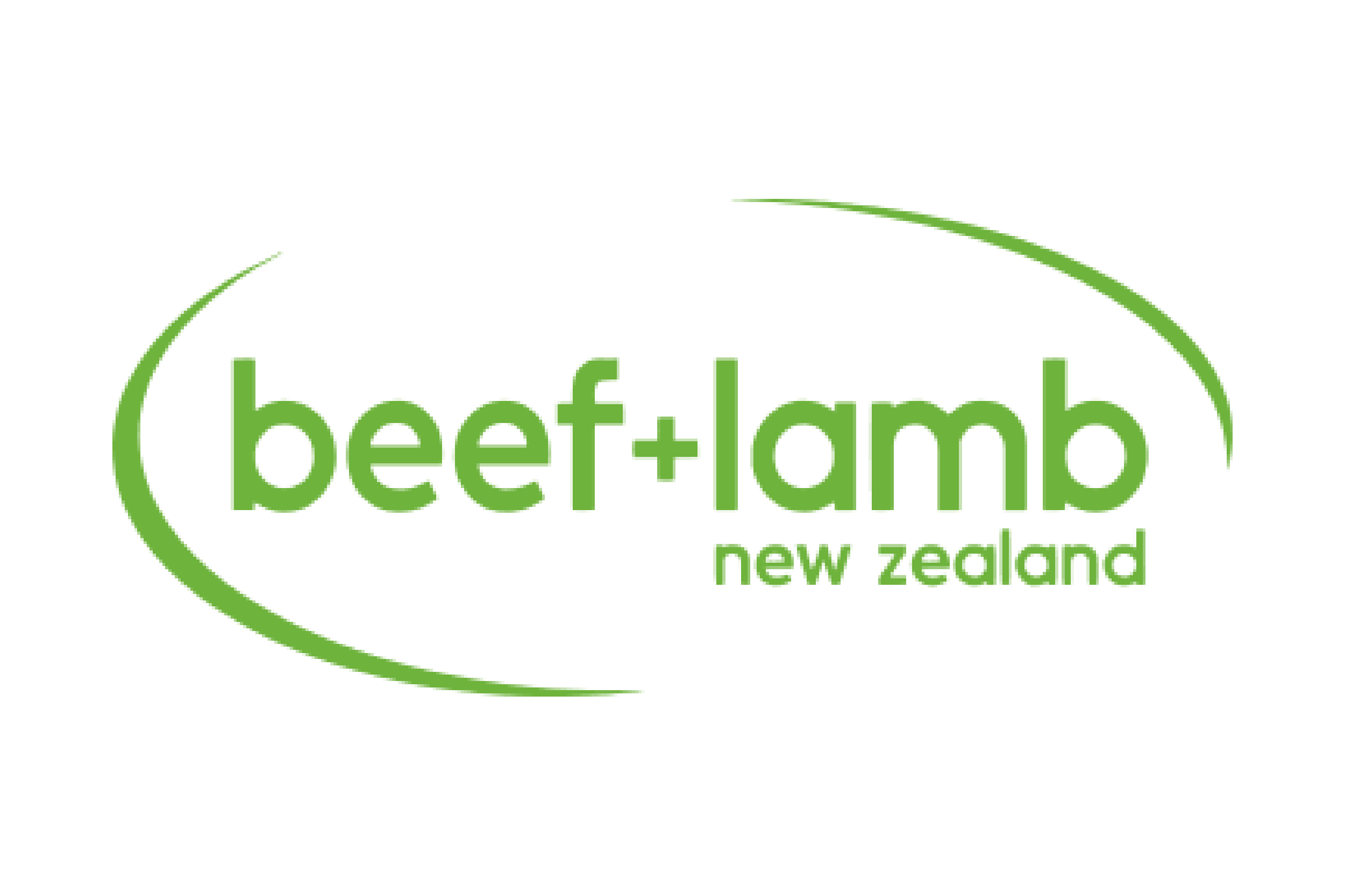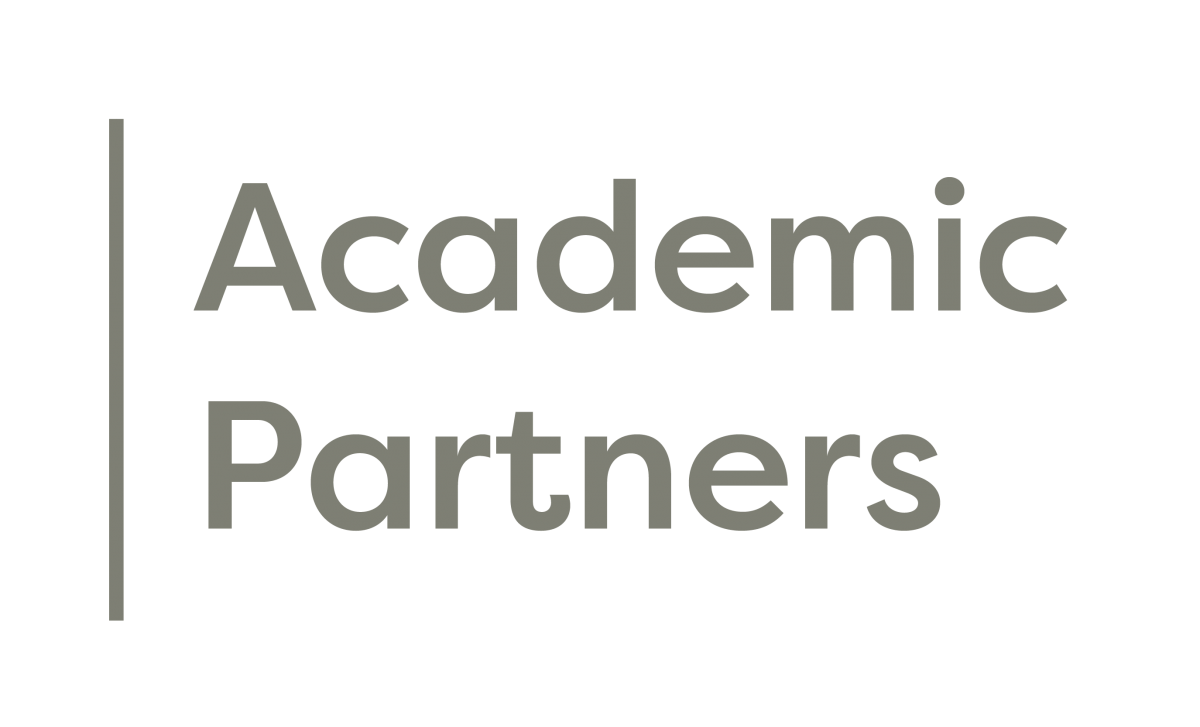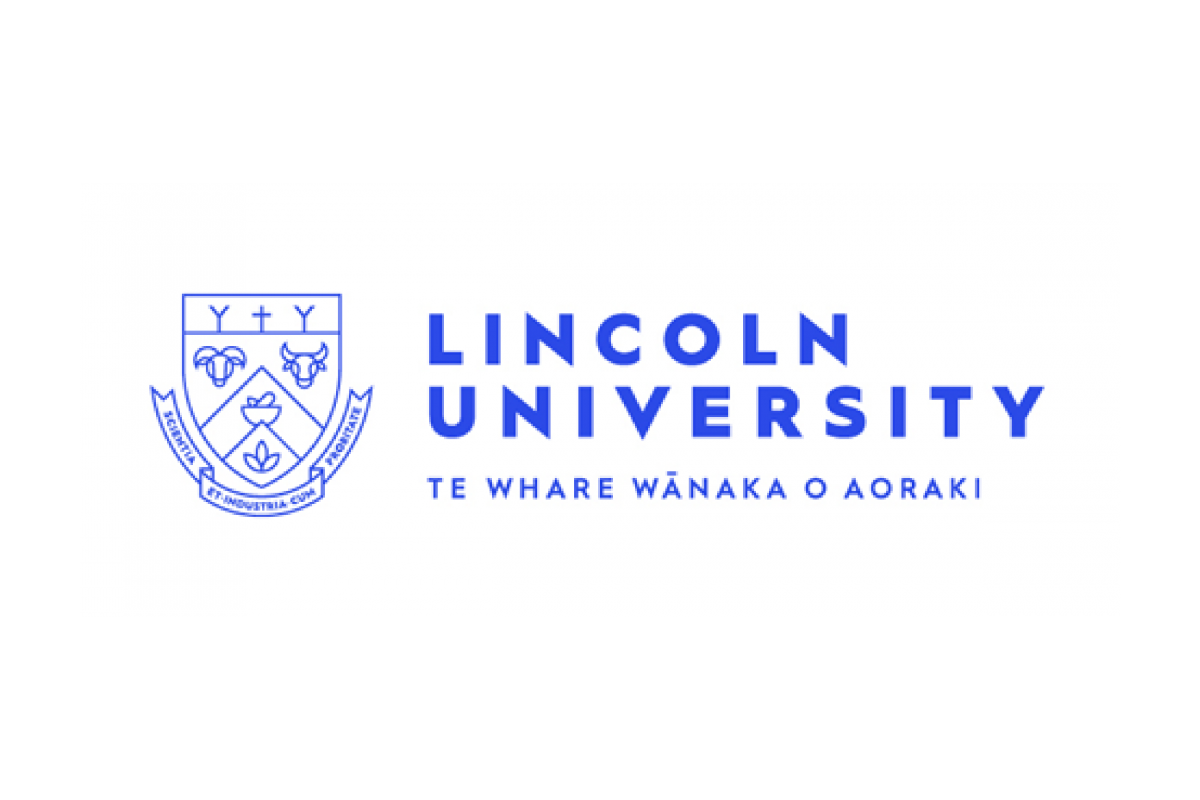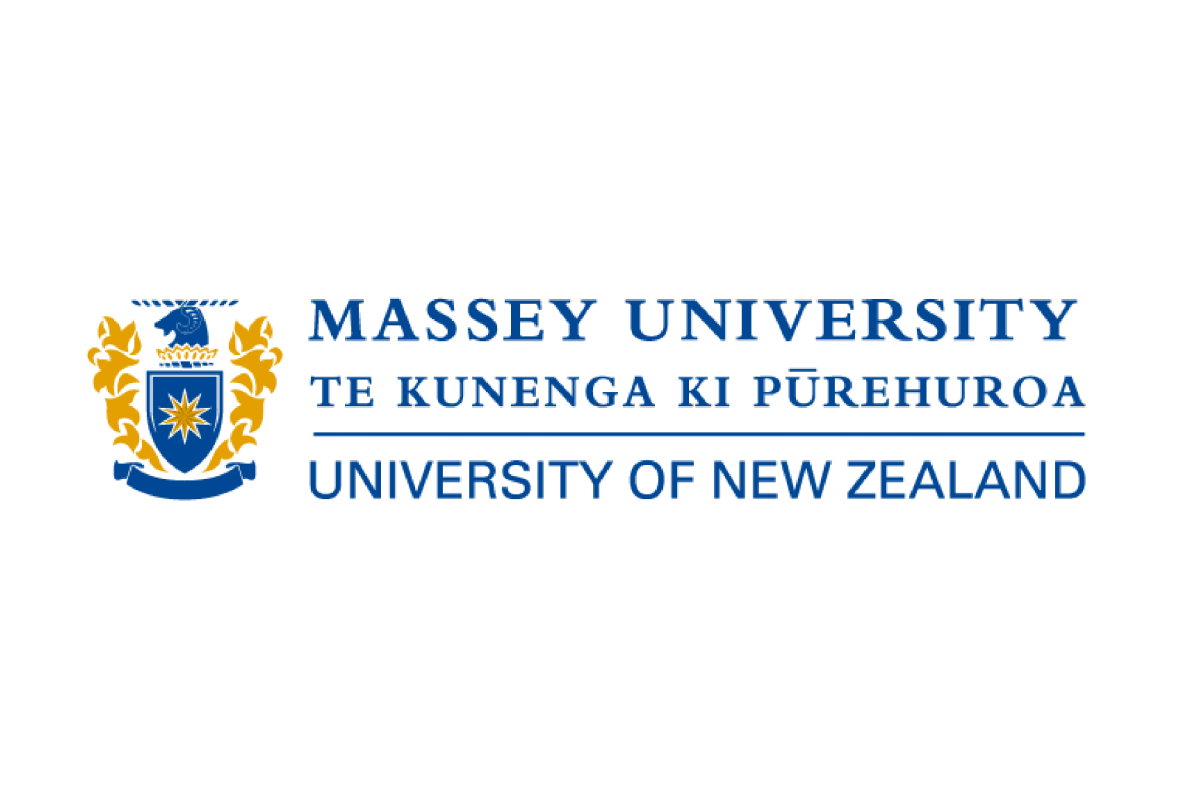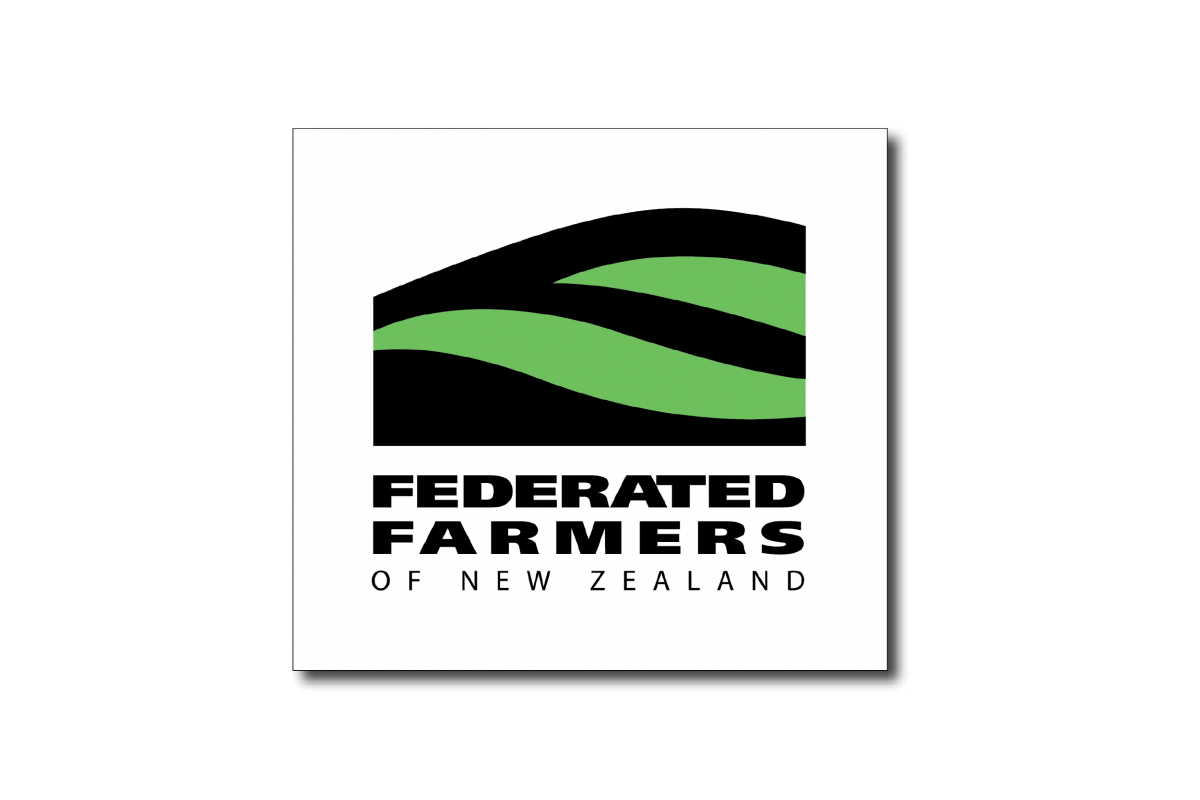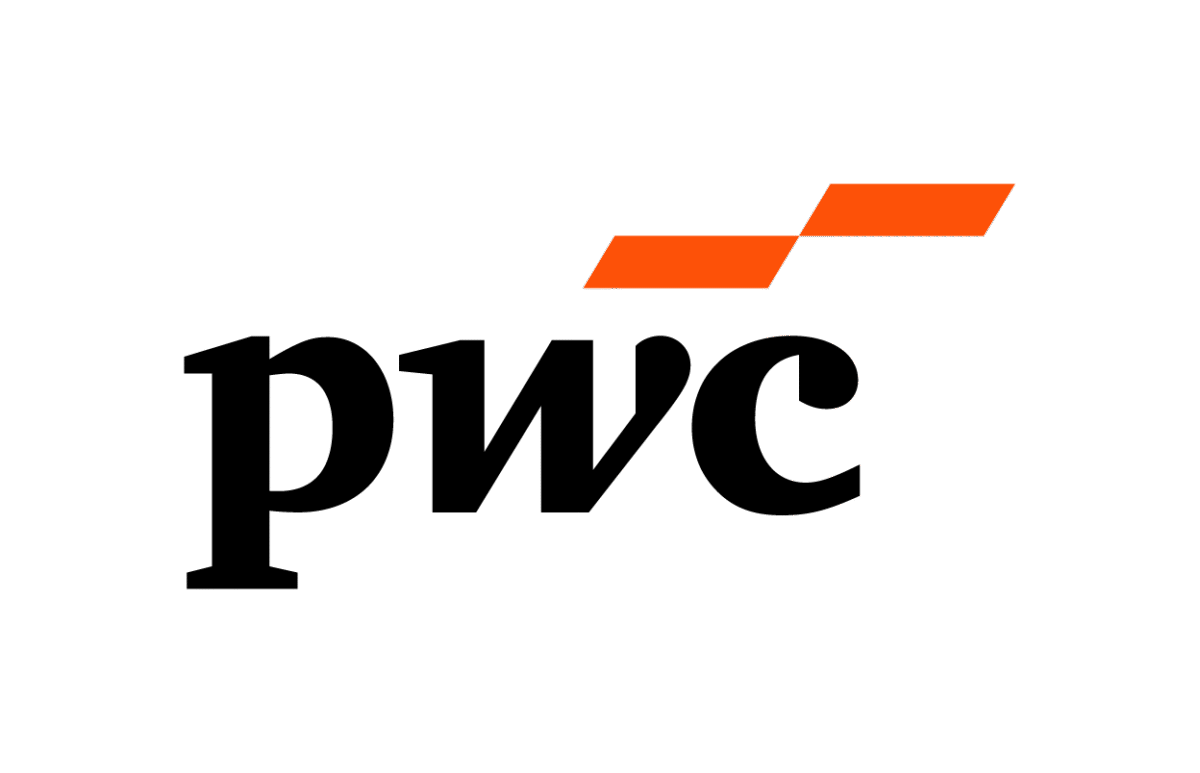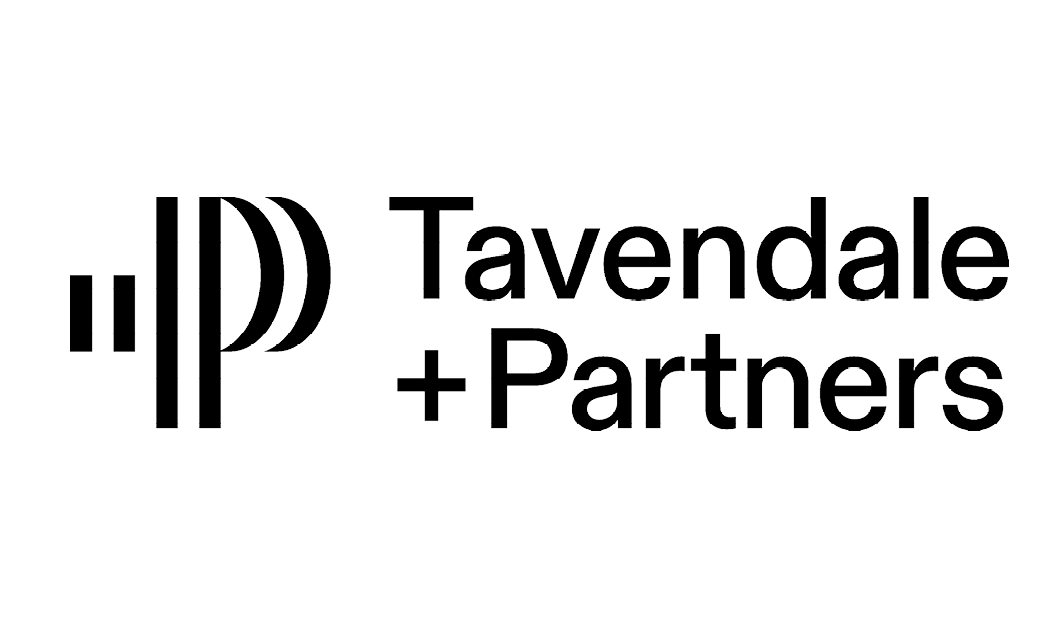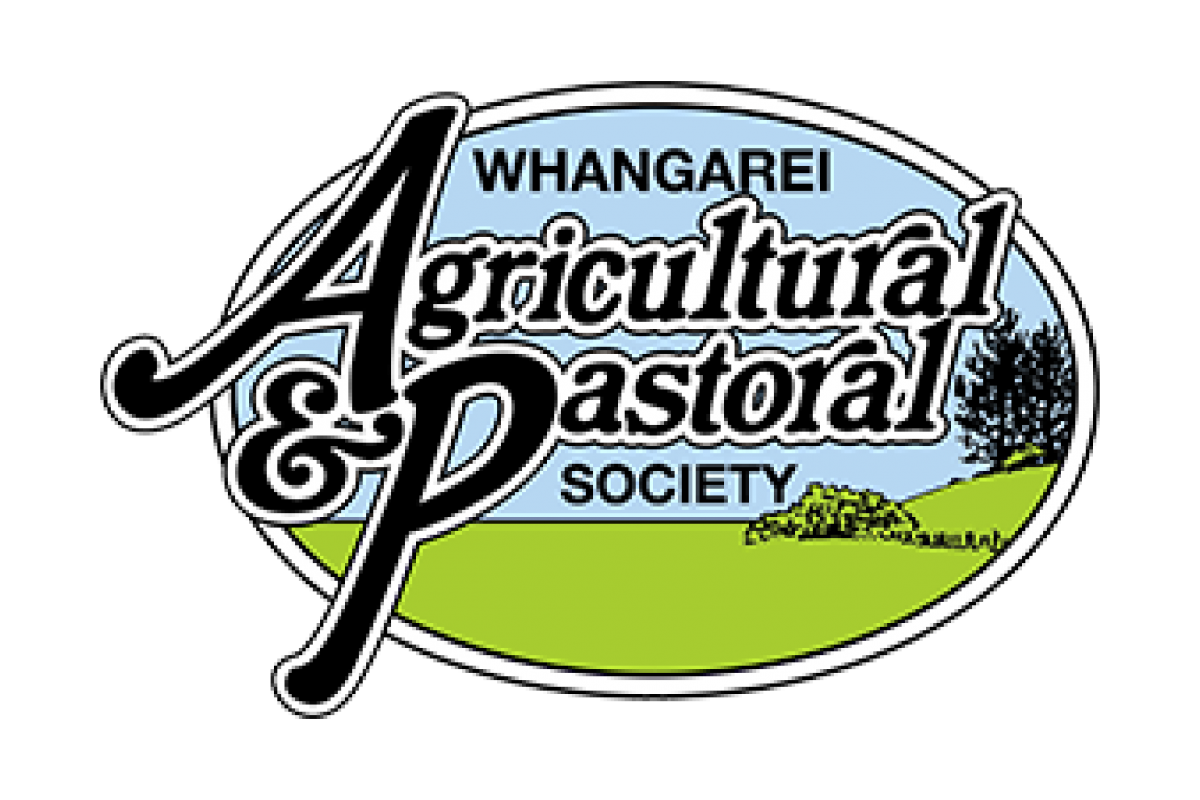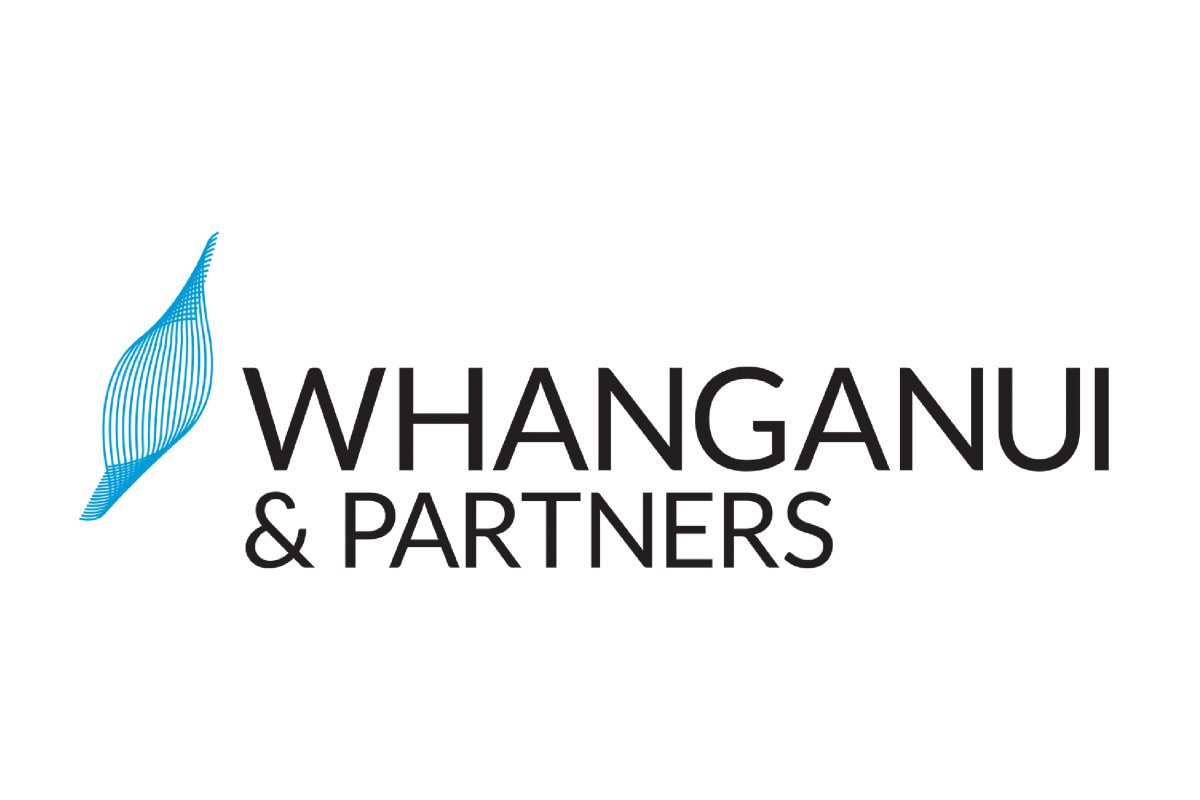Sophie has been busy. Passionate about creating meaningful changes to the way we eat, and how that connects back to our planet – each step on her career path seems well placed to help make that happen.
Sophie’s Nuffield research paper, ‘Harnessing Social Media in Agriculture’, was followed by joining agri-tech start-up Figured, moving to Nebraska to launch it in the United States.
She returned to New Zealand in 2019 to join Autogrow and later WayBeyond, providers of artificial intelligence solutions for controlled environment farms. Sophie joined the board of the Dairy Women’s Network not long after.
Now standing at the intersection of agriculture, digital technology and innovation, we asked how the Nuffield Scholarship has helped expand her thinking.
“Before I received a Nuffield Scholarship, I was focused on the pastoral farming sector. But then [on the Global Focus Programme] you’re thrown into everything from row cropping to aquaculture. You get to see so many things. I met lots of interesting people in the agri-tech space too, from all over the world. I was exposed to a lot of diverse thinking, ways to solve problems, and to technology being used in different contexts. So yeah, the interest in agri-tech was sparked.”
On the potential of technology.
We can have a thriving, efficient agriculture sector using technology and at the same time achieve the sustainability and climate change goals we might have as a nation.
This is where social media is beneficial. There are always trends or signals that appear, often first on social media – signposts of the future. We need to start proactively picking up on those signals. One of my personal beliefs is to have a bias towards action – just make decisions and course correct later.
In the tech industry we have this concept of MVP, or Minimum Viable Product. It’s the quickest time you can get something of value out to a customer, so that they can try it, then you improve it.
We’re seeing the same thing across agriculture. People are asking, why don’t we just try something and see how it goes? And it doesn’t have to be solving climate change. Because that’s a big problem. It’s a very complex problem.”
We should instead ask, what is the smallest piece that we can carve off and solve? We need lots of players solving little pieces of that bigger problem. And eventually, we’ll all solve it.
On thinking differently.
“I started going to art classes recently – learning to look at problems in new and creative ways. It’s interesting to see people’s differing approaches to the same task – like painting a chair in the middle of a room. We all saw it from different perspectives – but from those perspectives you build a new picture. I like thinking about how we can apply that to the way we look at things in our industry – even just allowing me to approach my job differently.
I attended BOMA, E Tipu recently. One common thread running through many of the speakers was this idea of reframing challenges so that we tackle them from the opportunity rather than the problem.
What really stood out for me was hearing from Geoff Ross. He studied agriculture, but then he focused on creating great consumer brands like 42 Below Vodka.
He presented an aspirational and inspirational idea, something that could galvanise the primary sector. This idea was, could New Zealand be the world’s first climate positive farm? That’s an idea worth exploring. With that idea we know consumers would want to buy from us.
This ties back to my Nuffield social media research as well. Three years ago, you probably wouldn’t have heard about regenerative agriculture for example. Now, because of stories shared on social media, consumers have started to ask – is this produce from a regenerative agriculture ecosystem? Supermarkets like Whole Foods in the United States recognise this too, awarding New Zealand lamb company Atkins Ranch with their Supplier Award for Regenerative Agriculture Commitment.”
I’m interested in how we might catch the tailwind of these signals and ideas to get ahead of the curve too. I think telling better work stories can make that happen.
On Artificial Intelligence in agriculture.
“AI, the version without the gloves, is well and truly here – even still, people get scared of those two letters, AI. That it’s going to take everyone’s jobs and make us all irrelevant. For a different viewpoint, I went to TEDx Auckland recently.
There, Will Hewitt spoke about how medicine is using AI. He quoted Eric Topol who said, “AI won’t replace doctors, but doctors that use it will replace doctors that don’t”. And I think in turn you can replace ‘doctors’ with growers or farmers.
…AI won't replace doctors, but doctors that use it will replace doctors that don't. And I think in turn you can replace that word with growers or farmers.
At WayBeyond we find AI is most useful to growers for modelling six weeks ahead, to predict how many tomatoes they’ll have to meet their commitments to supermarkets. They’ve got thousands of data points, from temperature, from plant growth measurements, from colour change, so many things. That’s a lot of complex data for a human to process. They might get to 80% accuracy in a model.
Now, if you can use AI, you can continuously look at these data points and at the correlations between them. You go from 80% to 90% pretty quickly. The impact of that could be millions of dollars to the bottom line for large scale growers – and hugely reduced food waste.
There’s plenty happening within an operation that a computer just isn’t going to see though. You still need to walk the greenhouse. There are tweaks the grower needs to backfill with their experience.”
So, AI is a support tool for people to make better decisions, not the end of all our jobs.
On the next big leaps in agri-tech.
“They’ll be around solutions that are focused on sustainability. Because it’s something that consumers are driving and it’s important in terms of our shared planetary goals.
We’re going to see more around planetary accounting and carbon, things like that. Consumers want produce they can feel good about, produce that contributes to their morals and ethics.
We’re starting to think about how we can be more sustainable in aquaculture and commercial fisheries. We heard a bit about that at BOMA as well.
We’re in the very early stages of where we could be with artificial intelligence and neural networks. There’s likely to be many more technology applications here.”
…creating a digital twin of a plant or even a cow, would mean we can model and predict so many possible outcomes.
“Things like creating digital twins* of biological systems, and plants too. Digital twins have already been used with aircraft engines and other complex machines. Bringing it into a biological space and creating a digital twin of a plant or even a cow, would mean we can model and predict so many possible outcomes
– like the impact of disease. It’s something we’re looking at within controlled environment growing.”
On making good things happen.
“We’re really focused on return on investment for our grower customers – being able to show the benefits of an innovative change. The innovation must provide value back to them. So, whenever we’re doing a proposal, we’re always showing what the return on investment will be – to the bottom line and to the environment too.
Real industry-wide change will only happen if we hear those stories. Stories about the leaders breaking new ground for the rest of us to follow. And again, social media is key here.
At the end of the day, our customer is that person on the other end of the tweet, or the Instagram post. They’re buying our products, especially when we’re using all the technology at our disposal to do things better, not just by the environment but by future generations too.
I want to help make meaningful change in the way we eat, and the way that connects back to the planet. I’d like to be part of telling the stories that help connect and create solutions for change.”
I think by tackling little parts of big problems, using technology and sharing the stories that inspire others to act, we’ll get there together.
*A Digital Twin is a virtual representation of a physical object or process. It enables the testing of scenarios under varying conditions.
